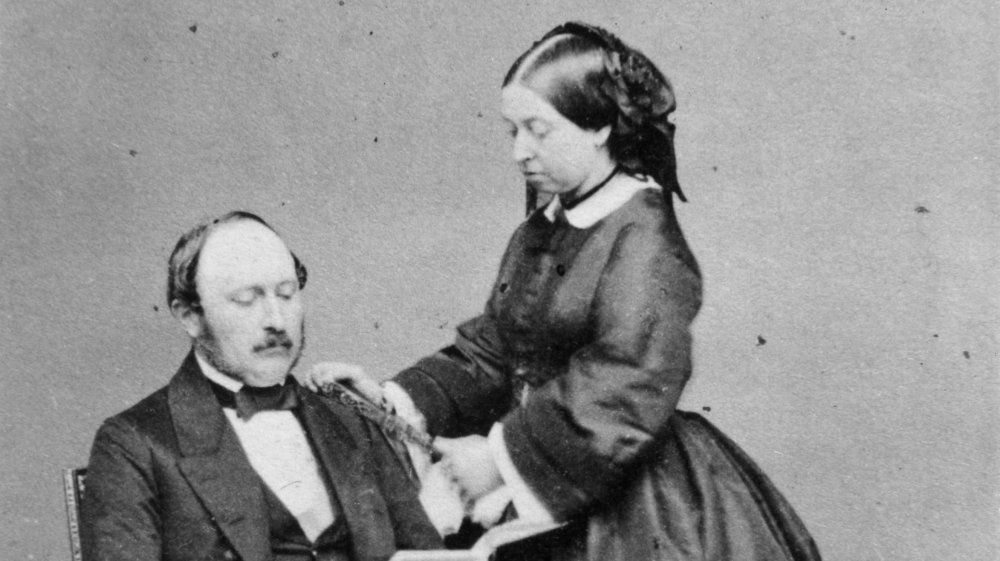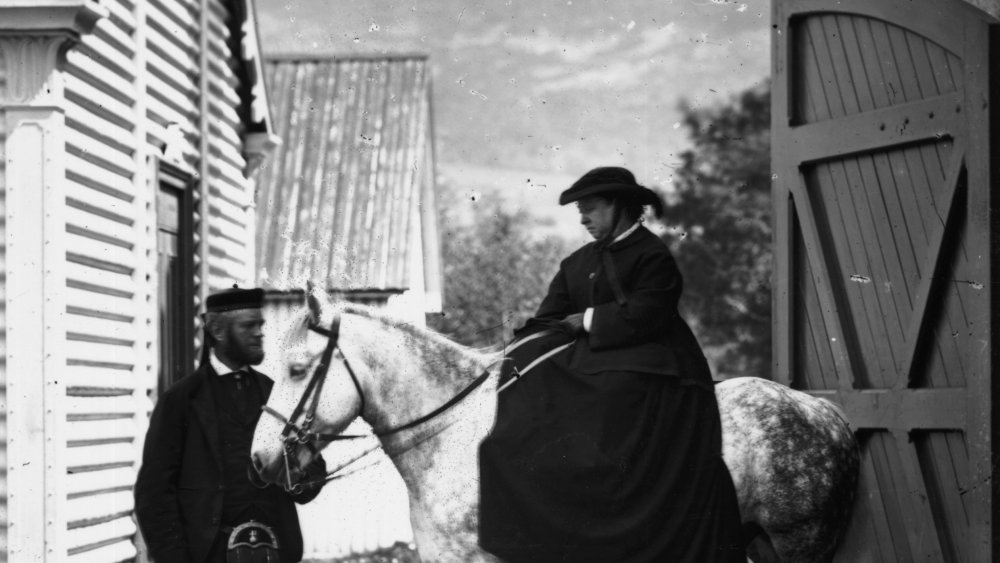The Truth About Hemophilia In The Royal Family
Here's some piping hot slang to chuck around the office this week: hemophilia is also known as "the royal disease." Try not to shoehorn it into conversation. It'll come up organically and you'll seem cooler than the business end of a froyo.
But why? Why is a blood affliction associated with the British monarchy? If anything was going to be called "the royal disease," shouldn't it have been crippling shopoholism or narcissistic personality disorder? Take it up with the lady who first made it socially acceptable to talk about your Regina in public. It turns out that, like the current fads of marrying a tiny German and having the capital of British Columbia named after you, hemophilia in the royal family can be traced back to Queen Victoria.
Bloody royals
According to the National Hemophilia Foundation, hemophilia B is a genetic disorder that robs a person of clotting proteins, causing them to bleed out with astonishing ease when they suffer what would otherwise be an unremarkable injury. Queen Victoria had it swimming around in her DNA. She just didn't know it.
The thing about her majesty's particular strain of hemophilia is that, while women carry it, their sons are the lucky so-and-so's that get to feel its effects. Victoria is thought to have developed the mutation spontaneously, possibly as a result of her father being over 50 when she was conceived.
In the end, this meant that three of the queen's nine children were born with hemophilia. On a fun note, physicians were spelling it "haemorrhaphilia" at the time, which sounds like how the Gersebermps meme girl would pronounce it. And that's about the only positive takeaway. In March of 1884, Victoria's son Prince Leopold died a week short of his 31st birthday after he slipped and fell in Cannes. What would have been an inconvenience to a non-hemophiliac caused his brain to hemorrhage.

